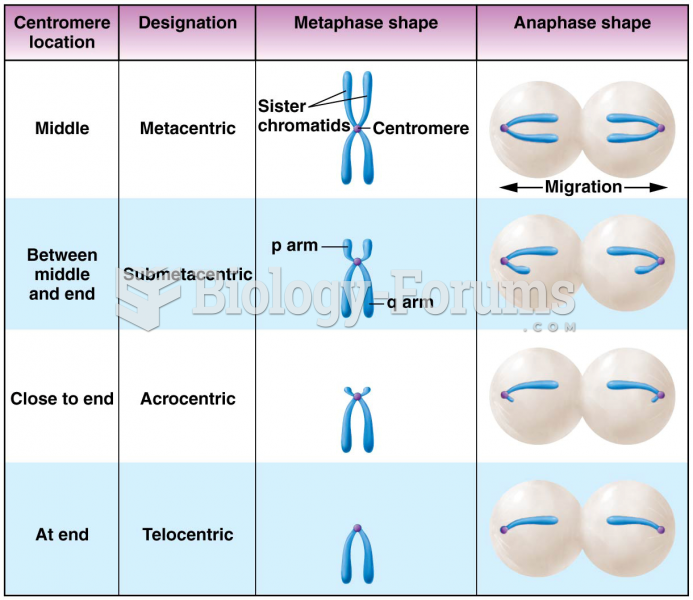|
|
|
Glaucoma is a leading cause of blindness. As of yet, there is no cure. Everyone is at risk, and there may be no warning signs. It is six to eight times more common in African Americans than in whites. The best and most effective way to detect glaucoma is to receive a dilated eye examination.
Increased intake of vitamin D has been shown to reduce fractures up to 25% in older people.
The first oncogene was discovered in 1970 and was termed SRC (pronounced "SARK").
Most childhood vaccines are 90–99% effective in preventing disease. Side effects are rarely serious.
Walt Disney helped combat malaria by making an animated film in 1943 called The Winged Scourge. This short film starred the seven dwarfs and taught children that mosquitos transmit malaria, which is a very bad disease. It advocated the killing of mosquitos to stop the disease.







